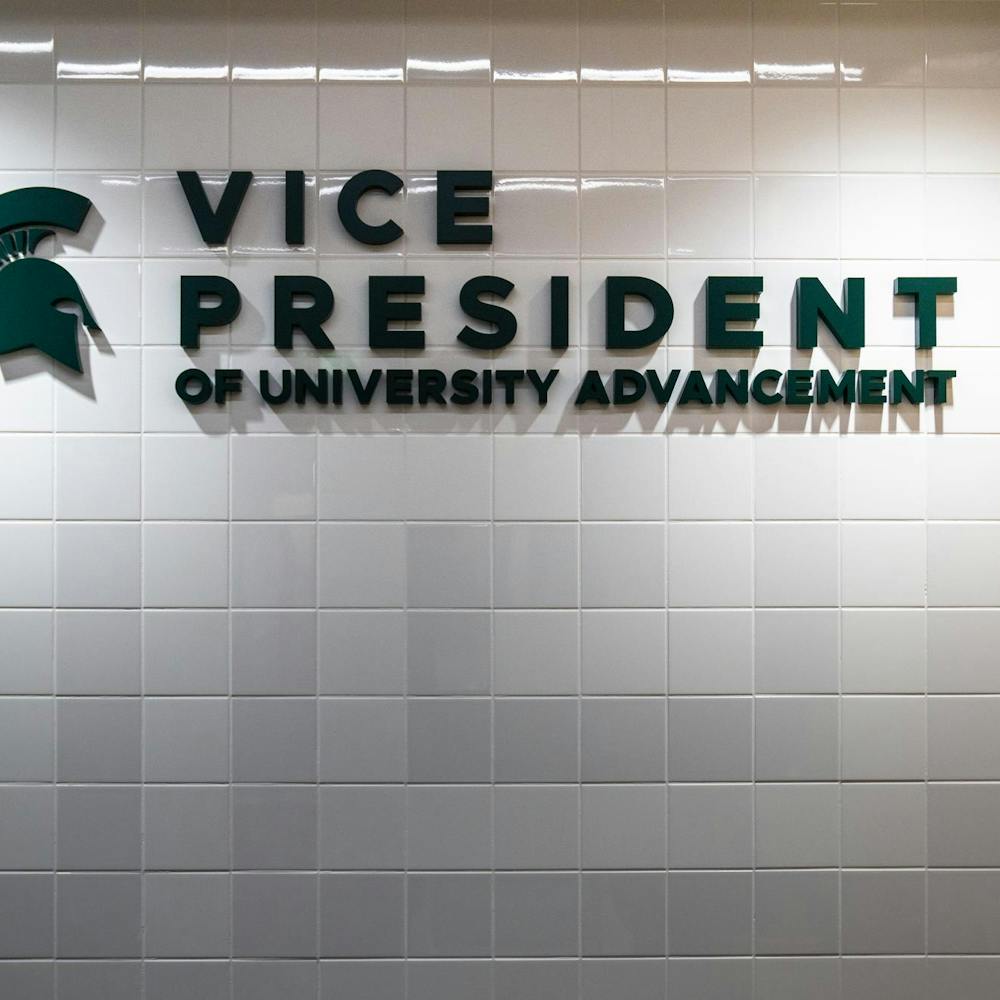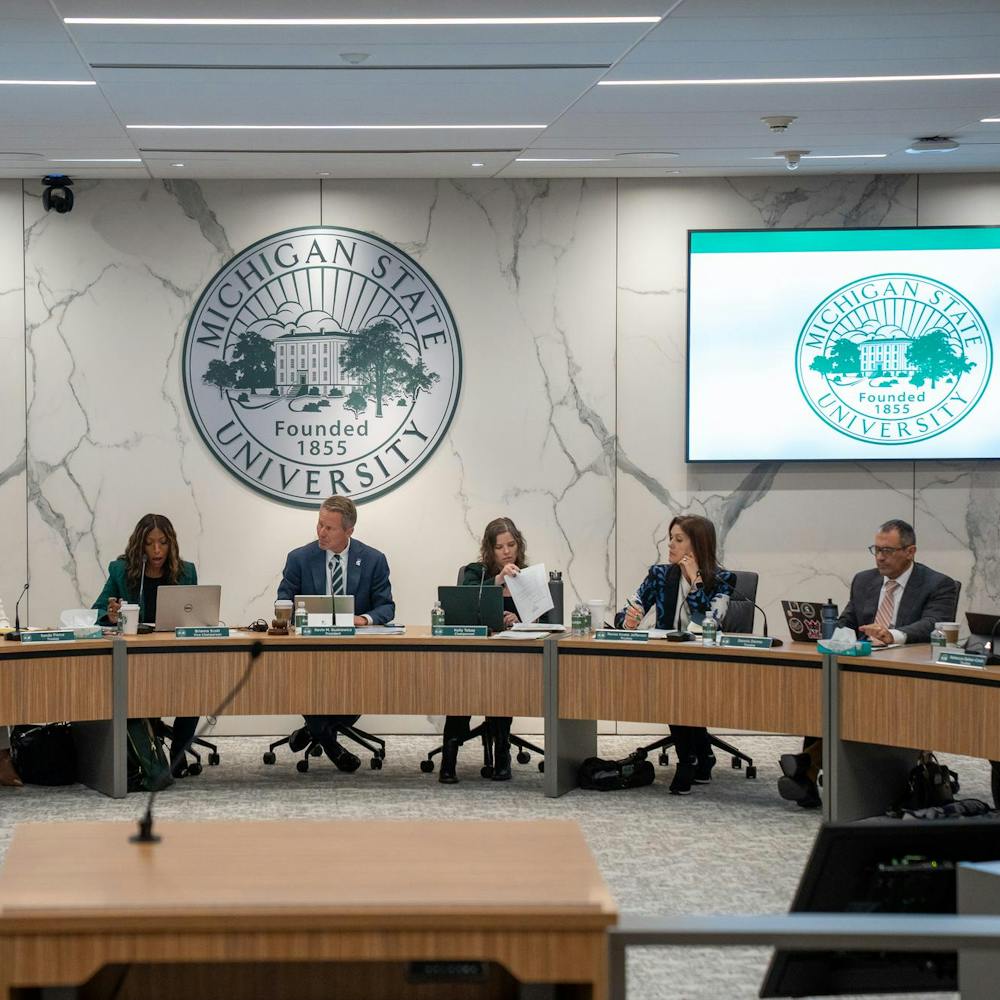Editor’s Note: Views expressed in guest columns and letters to the editor reflect the views of the author, not the views of The State News.
When we look at art, we see the burning vision that only that particular artist could produce. We are all free to create and enjoy other’s creations.
This romanticized understanding of art’s production falls apart when examining modern film production. While perfectly free to write the script for any film desired, a producer’s ability to cast, travel, film, reproduce and distribute a film is entirely limited by the spending ability of the producer.
It is not unusual for modern, Hollywood movies to cost more than $100 million to produce, an unfathomable price for your average, aspiring producer.
It is worth noting that a large budget is no guarantee of the quality or the product. “Wild Wild West” ruined multiple acting careers while costing about $170 million to produce. “Clash of the Titans,” a soon-forgettable flop, cost roughly $125 million to produce.
Likewise, a significantly more limited production budget is no guarantee of poor quality or a small audience. “Paranormal Activity” scared theatergoers worldwide for just $15,000 in production costs. “Clerks” became an American comedy classic for about $27,000 in production costs. While low-budget films gaining such wide appreciation is a rarity, a great film is a great film no matter the dollar amount attached to it.
However, even with ingenious scripts and novel filming techniques, $15,000 to $30,000 still is an unrealistic expenditure for many potential artists that wish to produce a film of their specifications and distribute it to a wide audience.
How do any movies intended for wide audiences possibly get made if they are so expensive? A producer typically submits a script to a film production company and, if accepted, receives financing.
However, this process usually accompanies many creative sacrifices, from casting all the way to the script itself. The process sacrifices the artist’s vision and punishes innovation, as film studios prefer proven, safe methods for covering their investments.
For some time, filmmakers have been forced to choose either creative sacrifices for financed production or independent production doomed to be marginalized to much smaller audiences.
The procedure has had some filmmakers thinking of nontraditional techniques to gain production financing. The solution may have come at the Academy Awards in February, when the little-known film “Inocente” won Best Short Documentary. Inocente was funded through Kickstarter, becoming the first Academy Award winner to be financed through online crowdsourcing.
Crowdsource funding is an online medium where all ideas are free to be presented by the future creator. Online viewers can then become “backers” by pledging monetary support for the creation of the projects that inspire them.
Crowdsourcing is a contemporary method of garnering initial support not entirely dissimilar from artists of earlier times using subscriptions to raise early support and awareness for their works, such as Walt Whitman and Mark Twain did. Crowdsource fundraising allows a simple message to be heard like never before, trading financing through a corporate bet on profits for the direct support of the public.
Since Kickstarter was launched in 2009, more than $625 million has been raised on 4.1 million pledges to over 41,000 projects. Independent filmmakers, hardware developers, musicians, community builders and many other creators have used Kickstarter to fund projects that would likely otherwise never exist. As Kickstarter states, being a backer is about “supporting their dream to create something that they want to see exist in the world.”
Hollywood’s innovators already are taking notice. “Veronica Mars” producer Rob Thomas launched a Kickstarter project on March 13 to make a big screen, full-length movie adaptation of the show. Thomas wrote on the page that he had always wished to produce a film for “Veronica Mars,” but support from major production studios was minimal.
The initial fundraising goal for the project of $2 million was eclipsed in under 12 hours, setting a Kickstarter record along the way for the quickest project to $1 million. The project now has raised more than $5.7 million, and the film now is in production.
Zach Braff found similar success in April, launching a Kickstarter to produce a film titled “Wish I Was Here,” his indirect follow-up to the massively successful, independently financed “Garden State.”
Braff wrote on the Kickstarter, “As a film-lover myself, I always want to see exactly what the filmmaker intended.” Braff later cited specific casting and location changes that producers were likely to force on the movie if he pursued traditional financing.
Crowdsource funding presents a new future to the financing of film production, as well as other costly art projects. No longer will creative innovation be stifled in order to receive adequate production financing for films.
Whether an established Hollywood star looking to branch out, the next unknown producer to shock the world with an Oscar or perhaps even a college student with an artistic dream, film production is changing in a way that gives the power back to the people, and that is something to become a backer of.
Support student media!
Please consider donating to The State News and help fund the future of journalism.
Tyler Gross is a guest columnist at The State News and a social relations and policy senior. Reach him at grosstyl@msu.edu.
Discussion
Share and discuss “Crowdsourcing new future of funding” on social media.







